Earthquake guts already battered Haiti
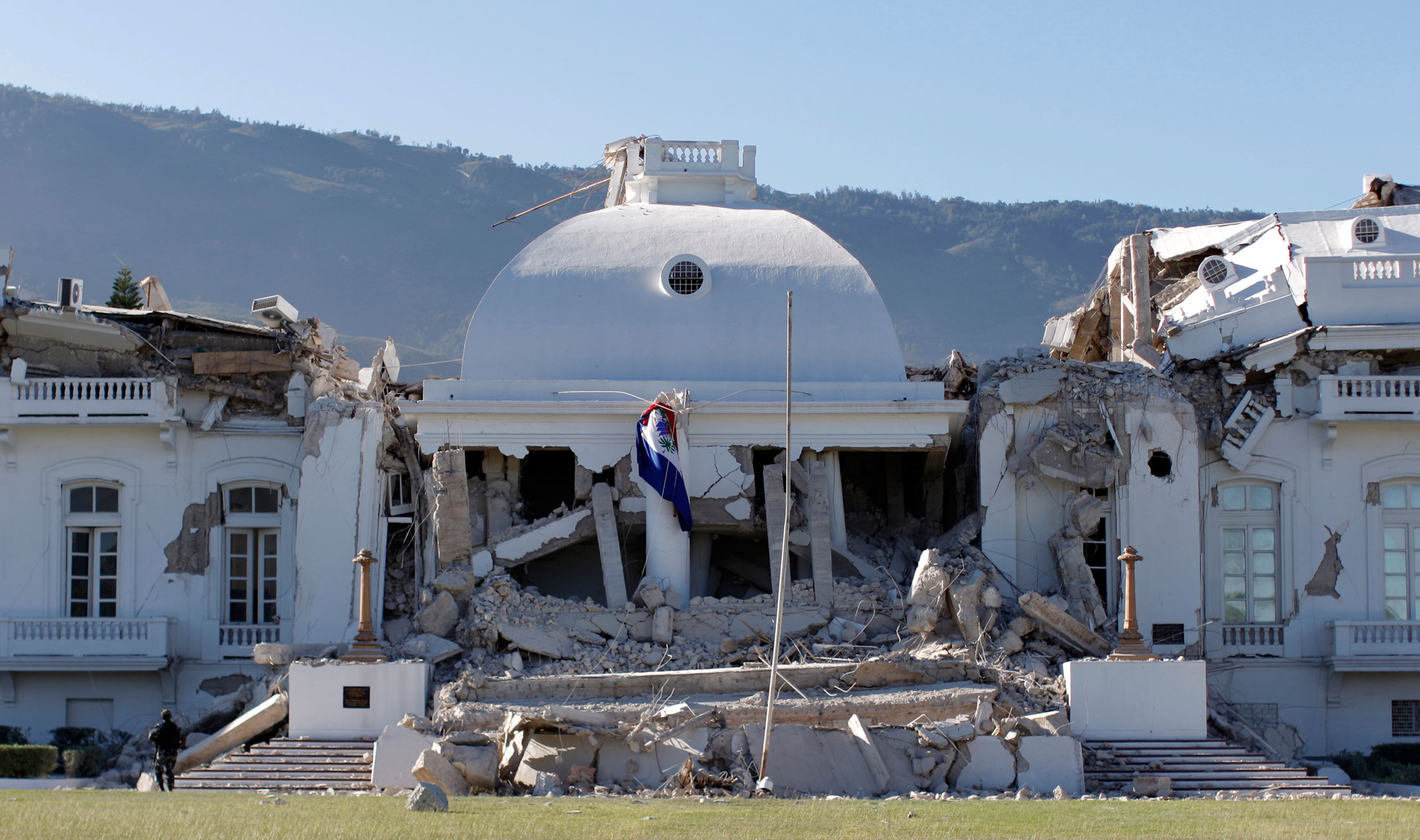
Aid groups and governments are scrambling to send disaster relief to Haiti, the desperately poor Caribbean nation devastated by a major earthquake on Tuesday.
Swiss aid and development organisations tell swissinfo.ch about the difficulties of responding to an emergency in a country that is no stranger to natural disasters.
“If you’re active in Haiti, you learn that you can’t plan in the long term because there are always setbacks,” Mattias Herfeldt from Swiss development organisation Helvetas told swissinfo.ch.
For example, in September 2004 Hurricane Jeanne killed more than 3,000 people and left 250,000 homeless.
On Wednesday humanitarian officials said the proximity of the quake’s epicentre, only 15 kilometres from the capital Port-au-Prince, and Haiti’s crumbling infrastructure meant it was impossible to gauge how many people might be dead or wounded.
“Of course a hurricane and an earthquake are two different things and the way to react is also different. But the general attitude is that we’re used to coping with it, also psychologically,” Herfeldt said.
Helvetas has been in Haiti, a country two-thirds the size of Switzerland but with a population of ten million, since 1983 and. It receives SFr2.5 million ($2.46 million) from the Swiss Agency for Development and Cooperation (SDC) annually.
“We’re active in the infrastructure sector; not in Port-au-Prince but in three surrounding districts. We build water and sewage systems and are also active in the agricultural chain. We try to give farmers an opportunity to bring their products to markets,” Herfeldt said.
“But for the next days and weeks we’ll also try to have an emergency programme rebuilding infrastructure in the provinces. Most NGOs are active in Port-au-Prince so I think our help outside the capital will be badly needed.”
Abject poverty
Haiti is the poorest country in the Western Hemisphere, with 80 per cent of the population living below the poverty line and 54 per cent in abject poverty, according to the CIA World Factbook. Nominal gross domestic product was $790 (SFr802) in 2008.
David D’Andrès from Terre des Hommes, a Swiss-based charity focusing on children’s rights, told swissinfo.ch that this lack of development and infrastructure was one of the greatest challenges for aid organisations in Haiti.
“And security of course, which is an enormous problem in Port-au-Prince in particular. Even before the earthquake it was unsafe for expatriates to travel alone in certain areas. Terre des Homme delegates would never walk in some places in the city centre – you have to take a car.”
Terre des Hommes has had a delegation in Haiti for more than 20 years, mainly doing health-related activates for children and families – “hygiene promotion, water sanitation, supplementary feeding and so on.”
D’Andrès said the group’s immediate priority now was to send a team to evaluate people’s needs and to coordinate with the international response to make sure help was not duplicated. “We will then focus on the children and their families”.
Looting
He also warned of a “second earthquake” caused by the massive aid assistance. “The airport will have to be secured by the army because of the risk of looting,” he said.
And to what extent would aid efforts in Haiti be set back by the earthquake?
“Some might say that this earthquake will increase the attention of the world on Haiti and could have a positive effect in the mid- or long term. But it’s difficult to answer this question now.”
He said Terre des Homme had some emergency items such as hygiene kits ready at their base in Les Cayes, on the coast in the southwest of the country, but that road and communication infrastructure had been badly damaged.
“Travelling was already a challenge before the earthquake, so now it’s going to be very difficult to move these items,” he said.
A United Nations spokeswoman said the organisation was working with aid agency Telecoms Sans Frontières to get phone lines working, adding that there was no electricity in the capital and roads were filled with obstacles and debris.
Trapped in rubble
Port-au-Prince’s airport remains open but the main road connecting it to the city is blocked, so aid officials were still trying to decide on the best way to provide lifesaving assistance.
If aid can’t travel over the airport road, assistance may be rerouted through the Dominican Republic, which shares the island of Hispaniola with Haiti, said Charles Vincent, a senior World Food Programme official. The UN agency plans to airlift a week’s worth of high-energy biscuits for 30,000 people from El Salvador.
Paul Conneally, spokesman for the Geneva-based International Federation of Red Cross and Red Crescent societies, said an estimated three million people could be in need of emergency aid and that “many, many people are trapped in the rubble”.
He added that emergency shelter and long-term rebuilding efforts could easily require a year of aid work.
Thomas Stephens, swissinfo.ch
Haiti is two-thirds the size of Switzerland but has an estimated population of ten million compared with Switzerland’s 7.7 million. Up to three million people are thought to live in the capital, Port-au-Prince.
Two-thirds of all Haitians depend on the agricultural sector, mainly small-scale subsistence farming, and remain vulnerable to damage from frequent natural disasters, exacerbated by the country’s widespread deforestation.
While the economy has recovered in recent years, registering positive growth since 2005, four tropical storms in 2008 severely damaged the transportation infrastructure and agricultural sector.
Remittances make up nearly a quarter of GDP and more than twice the earnings from exports. Haiti suffers from high inflation, a lack of investment because of insecurity and limited infrastructure, and a severe trade deficit.
September, 1998: Hurricane Georges strikes Haiti and the Dominican Republic, its neighbour on the island of Hispaniola. Nearly 500 people are killed and 400,000 are left homeless in the area.
September, 2004: Hurricane Jeanne causes landslides that kill more than 2,000 people in Gonaïves, Haiti’s fourth-largest city.
August, 2008: Haiti is battered by storms Hanna, Gustav and Fay, killing hundreds and leaving tens of thousands of people homeless.
September, 2008: Ike, a Category 4 hurricane, strikes Haiti. Flood waters topple power lines, destroy roads and sweep away homes.
January 12, 2010: Haiti is devastated by a 7.0-magnitude earthquake.
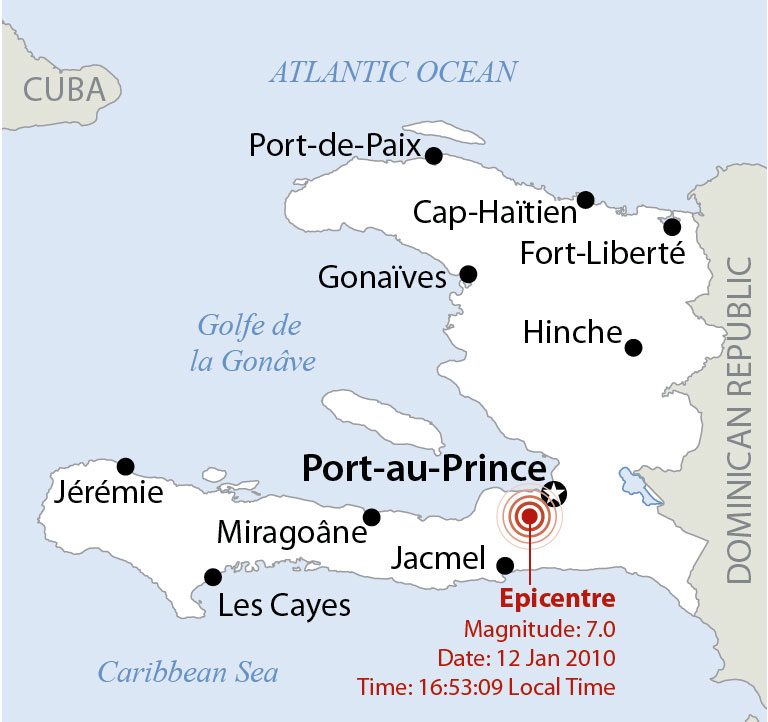

In compliance with the JTI standards
More: SWI swissinfo.ch certified by the Journalism Trust Initiative

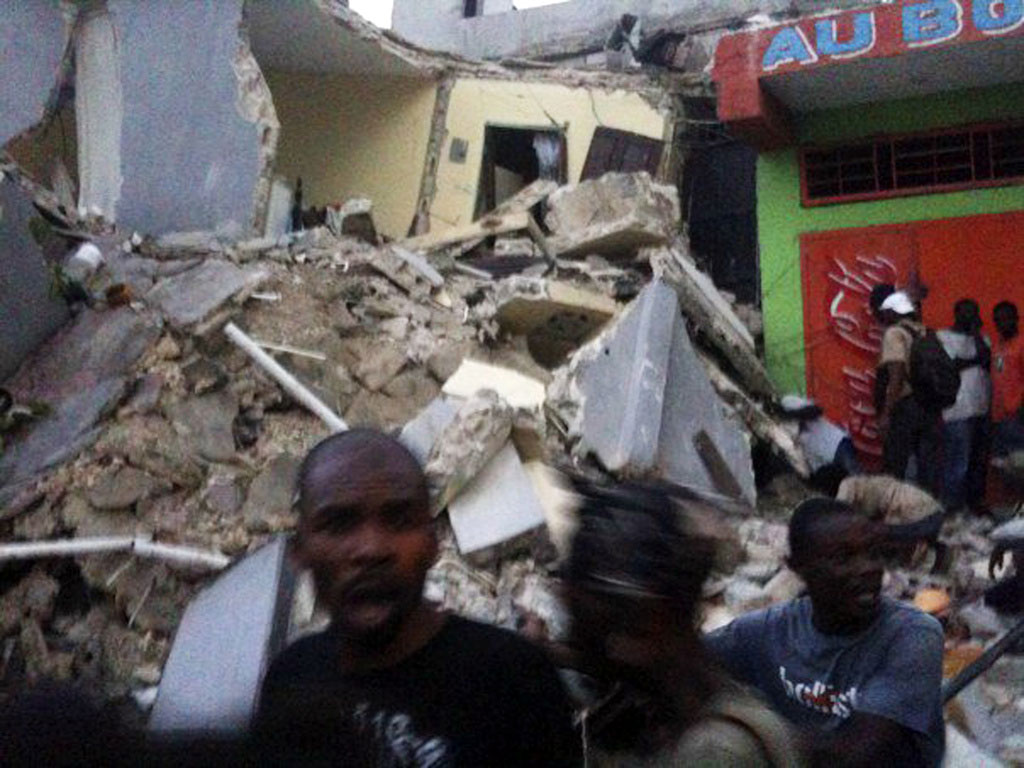
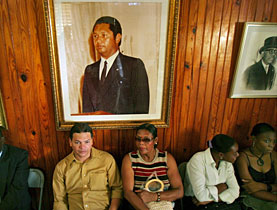
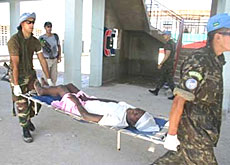
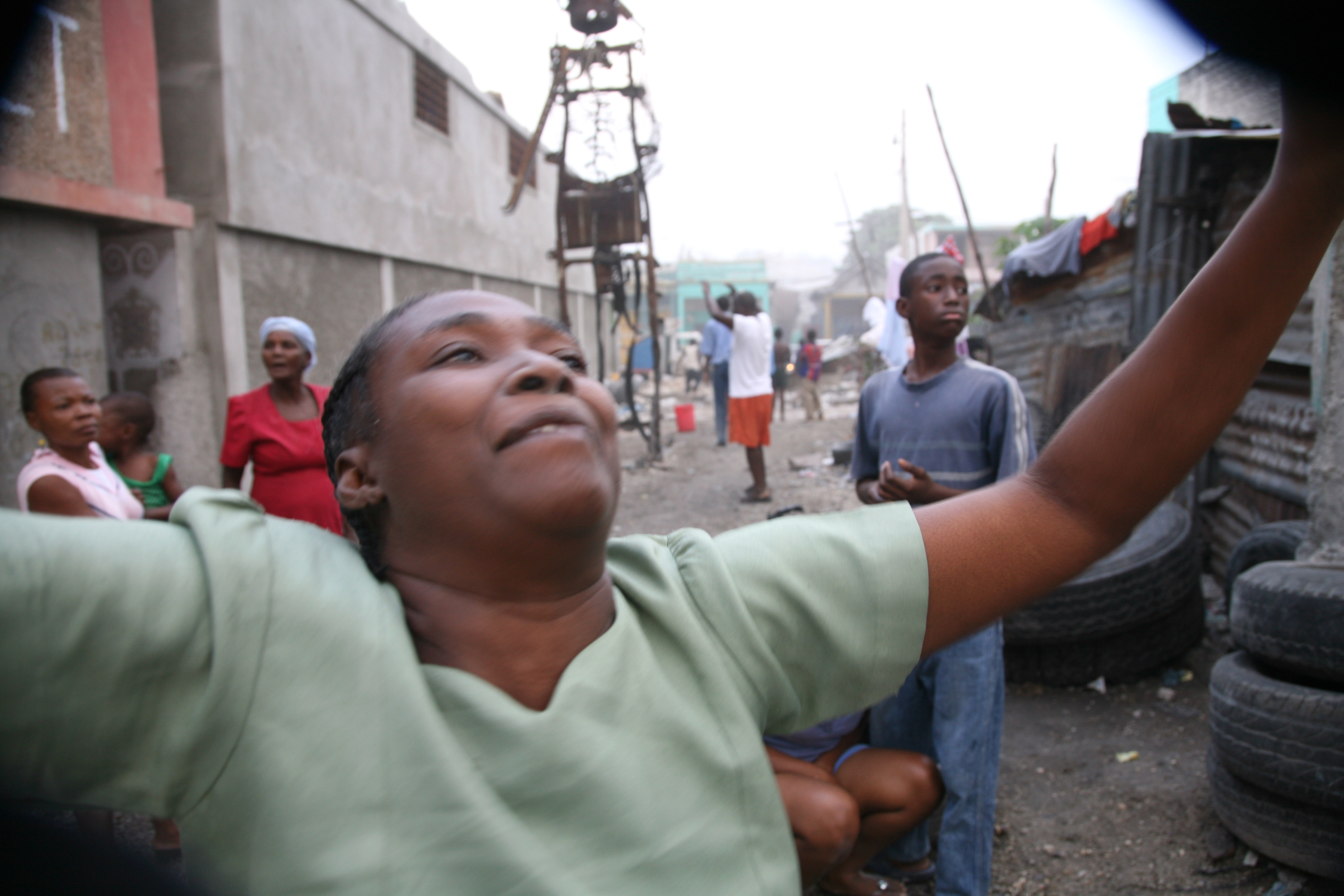
You can find an overview of ongoing debates with our journalists here. Please join us!
If you want to start a conversation about a topic raised in this article or want to report factual errors, email us at english@swissinfo.ch.